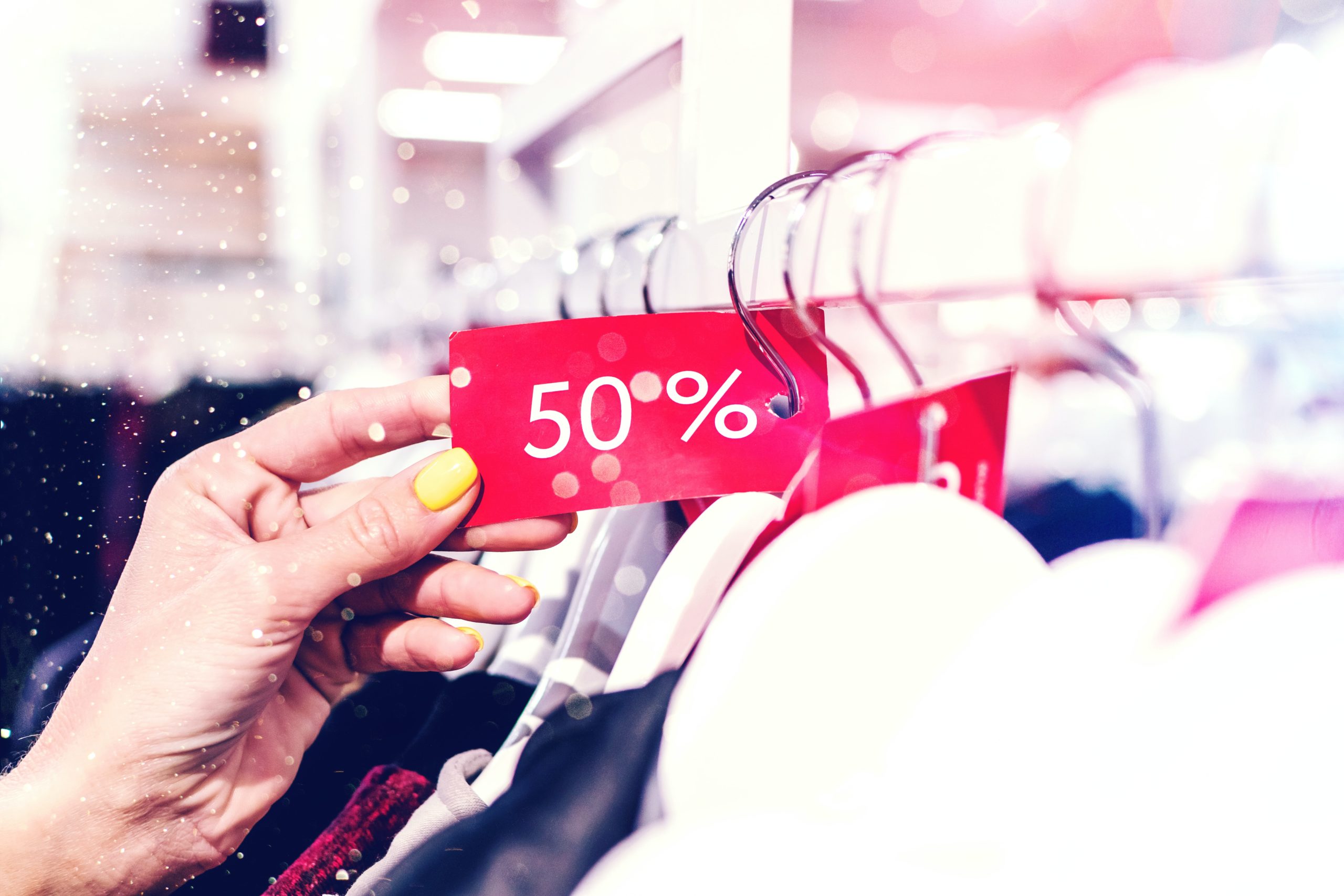
The Sweet Spot of Pricing

Expectation bias is a term used in behavioral economics; the academic field that covers how we as humans make our decisions, and in particular, how we make our purchase decisions. Expectation bias is a human trait and something that is innate within all of us. I have it. You have it, and most importantly, all your customers have it, too. Expectation bias works in a couple of ways; here is how.
If the price the buyer is presented with, at the point of purchase, is (substantially) higher than the buyer initially expected, then no purchase will occur. Conversely, if the price is (much) lower than the buyer initially expected, then the buyer will have doubts as to whether the product or service will provide sufficient benefit to justify the (low) price. This means that setting the right price for your product(s) or service(s) is a balancing act; not too high and not too low, but just right. It is important to hit the “sweet spot” with your pricing strategy. These price points where the price is deemed to be too high or too low is based on every individual buyers’ circumstances; everything from access to sufficient funds to prior experience with the brand (as a purchaser and user), to how badly the buyer desires your product(s) or service(s). However, since many of today’s buyers have shared experiences, have similar circumstances, and are influenced by the same type of sources of influence, then there will be a price point where most buyers will congregate around—that is the “sweet spot” that you are aiming for. This is the price where the maximum number of potential buyers say that the price itself becomes a message of adequate quality and/or benefit to the buyer, and the minimum number of buyers say that the price is too high. This is the price that will generate the highest sales volume for you.
The price we pay for a product or service will also affect the benefit we expect to receive from the product or service; if the price is low, then we do not expect such a high-quality product or service and we will view the product or service has having little potential benefit; if the price is high, we automatically expect a very high-quality product or service as well as numerous benefits attached to that product or service. Although, the benefit we expect is often firmly established in our heads, but does not always match the reality of the product or service in question. A common experiment within behavioral economics is to have consumers that are in some kind of pain purchase pain medication. The effectiveness of the pain medication they purchase is then directly correlated to the price that these people pay. Or to summarize this type of behavioral experiment: a 5-cent aspirin is not nearly as effective as a 50-cent aspirin, as the 5-cent aspirin would be seen as having inferior quality and effectiveness compared to the 50-cent aspirin. Similar experiments have been done with wine; researchers put individuals in an MRI machine and examined how the brain’s pleasure center lights up, or not, based on what the subjects were told about the price of each bottle of wine that they sampled. They were served two different kinds of wine. One was a $6-bottle of wine and the other a $60-bottle of wine. When the subjects drank the $6-bottle of wine and were then told that it was a $6-bottle of wine, the brain’s pleasure centers did not light up. On the other hand, when they were told the wine they had just drunk was a $60-bottle of wine, the brain’s pleasure center lit up consistently! Conversely, when subjects drank from a $60-bottle of wine and were then told that it was a $6-bottle of wine, no pleasure was registered. Overall, the conclusions taken from these experiments is that the benefits we receive from a product or a service are directly correlated to the price that we paid for it.
Companies who sell a product or service where the resulting benefit cannot, with 100% certainty, be measured, can then leverage expectation bias to gain much higher sales, often at higher prices at the same time as their customers’ satisfaction level is increased. (If you think about it, there are many products or services where the benefit the buyer gets cannot be directly measured.) In order to achieve this multipronged goal, it becomes paramount for you to be able to fully understand the willingness to pay among your buyers in a specific market. This can be done through price-specific, online market research that specifically measures the monetary value customers associate with your company’s product(s) or service(s). In such market research, respondents during an online survey will be asked a series of questions that, when the answers are subjected to statistical analysis, will accurately provide you with important and highly relevant information pertaining to what your buyers are willing to pay for your product or service, within a specified market that your business is engaged in.
This, however, is just the first step. A very important step none the less.
To further understand how it is possible to increase your sales at higher prices, the willingness to pay measurement must in turn be segmented. In great detail. What this means is that the willingness to pay data from respondents with the same preferences for your product or service features, benefits, or even marketing message preferences are grouped together and then willingness to pay for each (segmented) group is analyzed and contrasted with the other groups from the survey. The results taken from this in-depth analysis will mean that your business will be further enlightened and will better understand what features, functions, and benefits that generates a higher willingness to pay compared to other features, functions and benefits that your business offers. Also, you will see what specific marketing messages and sales channels will drive a higher willingness to pay for your product or service. These results will also show you what kind of buyer and what circumstance around them will affect their willingness to pay, which they take into consideration before potentially purchasing your product or service. As a further example, think about how a different circumstance may affect willingness to pay, consider a commodity like gas, for instance. If your gas tank is nearly empty and you are on the way to the hospital with your sick child, your willingness to pay to fill up with gas is likely higher than if you were visiting your in-laws, with a fully-healthy family!
So, in closing, in-depth understanding of a market’s willingness to pay and being segmented both by-product or service features and also taking into account the unique variables attached to each buyers’ profiles will enables your business to target potential buyers better, to optimize your market strategy better and to get your pricing strategy better, so that you hit the “sweet spot” for yourself and your customers. Having done all this, it will all lead to your ability to increase sales at higher prices for your products and services.
Per Sjöfors
Founder
Sjofors & Partners
www.sjofors.com
- Adapt or… - January 11, 2021
- Business learnings from The Art of War by Sun Tzu (5th century BC) - December 28, 2020
- Your business and the 2d law of thermodynamics - December 21, 2020






